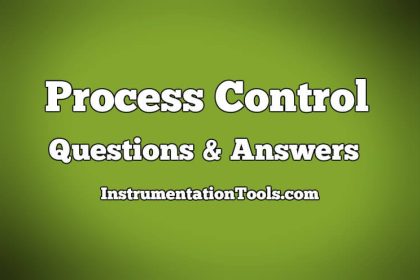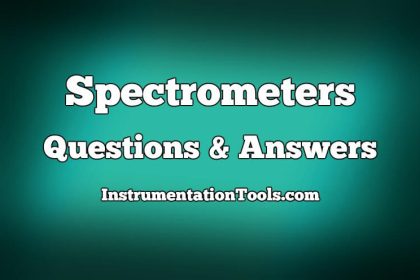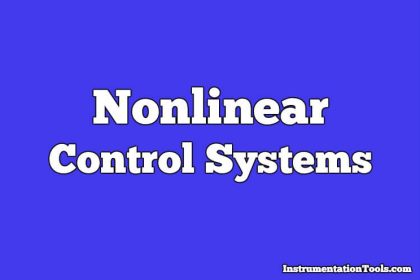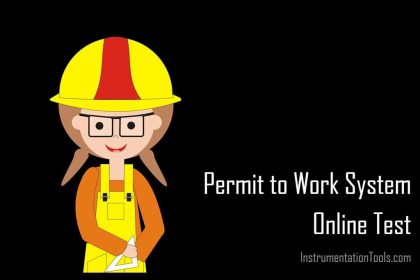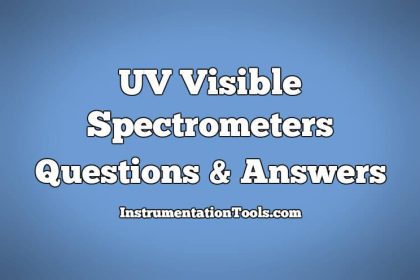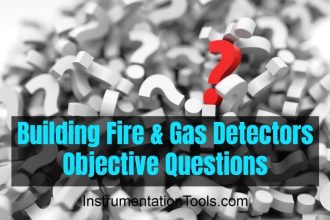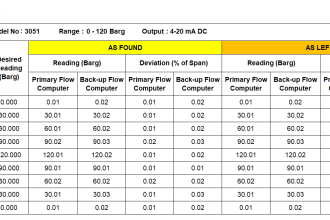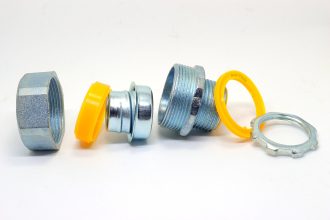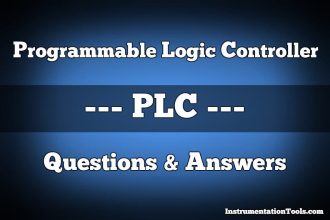Controller Components – Part 2 Objective Questions
1. Different type of construction in permanent type DC magnet are :
a) Slotted armature type
b) Surface wound armature type
c) Surface wound rotating armature, stationary wound type.
d) All of the mentioned
Answer: d
Explanation: Permanent magnet are the hard magnets that have broad B-H curve and can not be used as the core of the transformer due to their high retentivity and can be constructed by various ways as described above.
2. Assertion (A): Slotted armature type in this armature is placed in slotted armature with DC windings placed inside the slots.
Reason (R): The construction is highly reliable and rugged but has high torque.
a) Both A and R are true and R is correct explanation of A
b) Both A and R are true but R is not correct explanation of A
c) A is true but R is false
d) A is false but R is true
Answer: b
Explanation: Slotted armature as the name indicates in which armature is paced in slots but high inertia is present causing higher torque and less used.
3. A much lower inertia in Surface wound armature type is obtained by placing the winding on a non-magnetic cylinder which rotates in annular space between permanent magnet stator and stationary rotor.
a) True
b) False
Answer: a
Explanation: Because of larger air gap strong permanent magnets are needed and much lower inertia is obtained by placing non-magnetic cylinder which rotates in annular space between permanent magnet stator and stationary rotor.
4. Lower inertia is obtained due to much larger gap and hence stronger magnets are used for this purpose.
a) True
b) False
Answer: a
Explanation: Stronger permanent magnets are used so as to cause lower inertia as in Surface wound rotating armature and stationary wound type.
5. PMDC when coupled to a rotating shaft would generate a voltage proportional to speed and thus would serve as____________
a) Tachometer
b) Servomotor
c) D.C. motor
d) A.C. motor
Answer: a
Explanation: Tachometer is a device that has relationship between voltage and speed and this is used in the controller to enhance the gain of the control system.
6. PMDC device is commonly employed for:
a) Speed feedback in speed control system
b) Internal velocity feedback loop of a position control system
c) This device is used in both speed feedback and internal velocity feedback control
d) None of the mentioned
Answer: c
Explanation: The current rating of this type of device is very small and it is to be connected to the input end of the OP-AMP.
7. Commutation process of a DC motor can be accomplished by solid devices (transistors and SCR’s).
a) True
b) False
Answer: a
Explanation: Commutation process refers to the process in the alternating current is used as input in the DC motor and in case of a DC motor this can be accomplished by solid devices as the IC’s and transistors.
8. DC motors are constructed using Permanent Magnet resulting in:
a) Higher torque/inertia ratio
b) Higher operating frequency
c) No filed losses
d) All of the mentioned
Answer: d
Explanation: DC motors are extensively using Permanent Magnets for its construction as they provide higher torque/inertia ratio, higher operating frequency, no field losses.
9. Speed of a permanent magnet DC motor:
a) It is directly proportional to the armature voltage at a given load torque
b) The speed torque characteristics are more flat than in a wound field motor
c) It depends upon armature voltage and are more flat than in a wound field motor
d) None of the mentioned
Answer: c
Explanation: Speed of a permanent magnet DC motor is directly proportional to the armature voltage at a given load torque and speed torque characteristics are more flat than in a wound field motor as the effect of armature reaction is less pronounced in a PM motor.
10. Assertion (A): DC servomotors have practically taken over from AC servomotors in most control application.
Reason (R): Low brush commutator friction and still higher torque/inertia have been achieved in DC servomotors.
a) Both A and R are true and R is correct explanation of A
b) Both A and R are true but R is not correct explanation of A
c) A is true but R is false
d) A is false but R is true
Answer: a
Explanation: AC servomotors are replaced by DC servomotors as frictional losses and higher torque/inertia ratios have been achieved.


